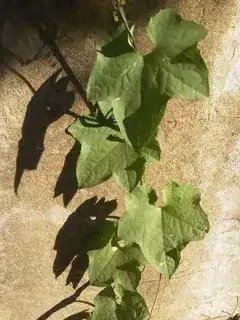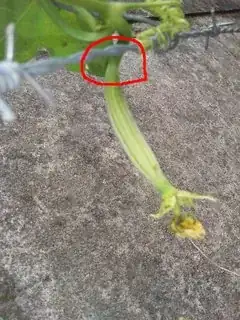I have a sponge plant (Luffa cylindrica) growing in my garden, four or five months old. It looks fine and quite healthy and a month ago has begun to make flowers.
Each flower stays open for about a day, during the end of that period it withers. That seems normal. But unfortunately, afterwards (in about a couple days) the fruit gradually become paler and lose vigor, culminating in its tearing off from the plant.
This has happened to all its fruits so far and I have no idea what is going on.
Although there are always small ants in the plant, I have never seen any ant trying to cut any part of it. They seem rather to be feed on some sugar droplets on the stem and thus it looks like harmless symbiosis.
Here are pictures, one of the leaves and another of a initially developing fruit that later broke off, the rupture site circled in red.
Any help in figuring out what's going wrong is much appreciated. I'm also glad to include more details or pictures if needed.

